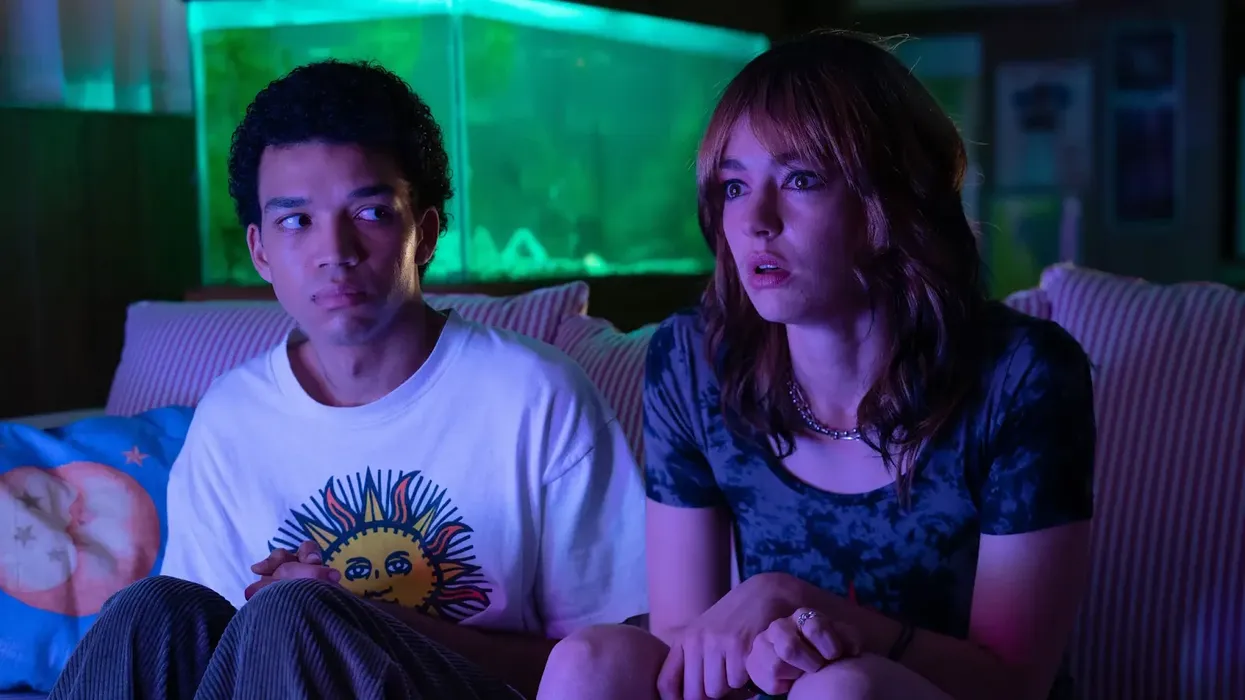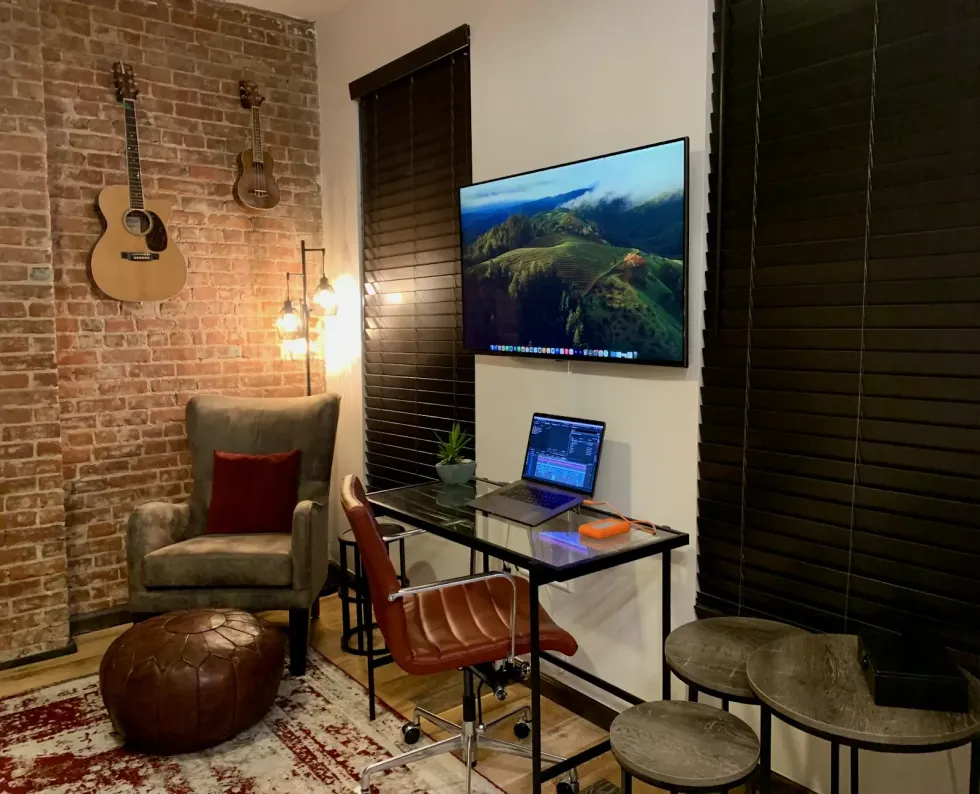How Sofi Marshall used Adobe Premiere Pro to bring A24’s “I Saw the TV Glow” dream-like feel to life
Debuting at Sundance this year, A24’s “I Saw the TV Glow“ explores the life of teenager Owen navigating suburban life until a mysterious late-night TV show introduces him to a supernatural world. In the pale glow of the television, Owen’s view of reality begins to unravel.

This post was written by Kylee Pena and originally appeared on the Adobe Blog on January 18th, 2024.
We sat down with editor Sofi Marshall to learn more about her editing approach for the film, using Adobe Premiere Pro and Productions as essential tools for seamless remote collaboration. Sofi, along with her assistant, embraced a decentralized workflow, leveraging Productions to exchange timelines daily.
Continue reading below to explore insights into her editing process in bringing the film to life.
How and where did you first learn to edit?
I first learned Premiere Pro way back in high school. I took a video production class and fell in love with editing. In college, I studied film with a concentration in editing, and have been continuing to learn and hone my craft ever since. “I Saw the TV Glow” is my 24th feature edit!
How do you begin a project/set up your workspace?
Staring at a blank timeline, especially one that will eventually hold an entire feature, is tough. I start with a hot cup of tea. Then, I play a little mind game — I tell myself I’ll start by just making one edit or watching just one scene’s dailies. Without fail, the moment I engage with the footage, ideas start flowing. The next time I look up, I’ll have a sketch of a scene on the timeline.
Tell us about a favorite scene or moment from this project and why it stands out to you.
There’s a sequence in the last third of the film built around the final episode of a mysterious late-night TV show that I still love watching. It's structured around a direct-to-camera address from Owen and crosscuts between multiple scenes in the TV show as well as Owen's experience watching it for the first time. In addition to being a really fun edit challenge, the whole sequence is a testament to how many aspects of post-production — editorial, score, sound, VFX, color — come together to make the final product. It was incredibly satisfying to watch that sequence develop, as more and more elements were placed into the timeline to ultimately create a beautiful piece of storytelling.
What were some specific post-production challenges you faced that were unique to your project? How did you go about solving them?
As is often the case, I think the biggest challenge that Jane Schoenbrun (the director) and I faced during the edit was finding the right rhythm and pacing. This story has a dream-like, experiential feel to it. It was difficult at times to strike the right balance between punctuating the emotional quality of a scene versus lingering so long that we ended up losing tension. We asked questions in test screenings to track when people were fully invested in Owen's journey and when they were more distanced. Based on that feedback, we ended up rearranging several scenes while cutting others to make sure the audience feels emotionally connected to Owen throughout the film.
What Adobe tools did you use on this project and why did you originally choose them? Were there any other tools that helped enhance your workflow?
Setting the film up as a Production was a no-brainer. My assistant and I worked remotely using a decentralized workflow, since I couldn’t always be connected to networked storage. We shared timelines back and forth daily and it worked like a charm. Another feature I used extensively was Remix. Music plays a huge role in the film and as we continued to refine the edit, music tracks constantly needed to be re-timed. Remix made it so easy to have customized tracks that always sounded polished.
During the pandemic, I developed a simple workflow for real-time remote collaboration pairing Premiere Pro with Zoom. I used the NDI Tools Creative Cloud plugin to stream my Premiere timeline for simple and reliable remote editing. “I Saw the TV Glow” was edited entirely using this workflow — the director and I were never in the same physical room.
If you could share one tip about Premiere Pro, what would it be?
Take the time to learn how to use Premiere Pro’s trim tools. They’re a lot more robust than people realize. When making edits in real time (i.e. – with the director looking over my shoulder), I exclusively use the keyboard-based trim tools, which speeds up my work exponentially.
Who is your creative inspiration and why?
I get most of my creative inspiration from books. I love to read — novels in particular. There’s something about the opportunity to craft images in your mind that really speaks to me as an editor.
What’s the toughest thing you’ve had to face in your career and how did you overcome it? What advice do you have for aspiring filmmakers or content creators?
One of the tougher lessons I had to learn early on was knowing my worth and advocating for it without apology. Practice makes perfect.
As for aspiring filmmakers, try to craft a picture of what you want your individual career to look like and then go after it. Find people who are just a few steps ahead of you and ask about what they did and how they did it. And please, buy them a coffee or two for their time!
Share a photo of where you work. What’s your favorite thing about your workspace and why?
I love that I’m lucky enough to work from home! Being in my own space helps my creativity immensely.

This post was written by Kylee Pena and originally appeared on the Adobe Blog on January 18th, 2024.











